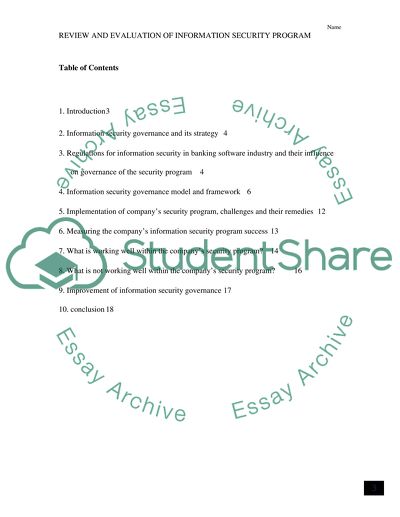Cite this document
(“Review and evaluation of information security program Term Paper”, n.d.)
Retrieved from https://studentshare.org/information-technology/1404446-conduct-an-organizational-review-of-the
Retrieved from https://studentshare.org/information-technology/1404446-conduct-an-organizational-review-of-the
(Review and Evaluation of Information Security Program Term Paper)
https://studentshare.org/information-technology/1404446-conduct-an-organizational-review-of-the.
https://studentshare.org/information-technology/1404446-conduct-an-organizational-review-of-the.
“Review and Evaluation of Information Security Program Term Paper”, n.d. https://studentshare.org/information-technology/1404446-conduct-an-organizational-review-of-the.


